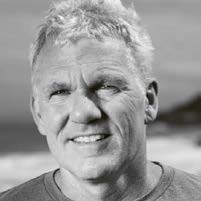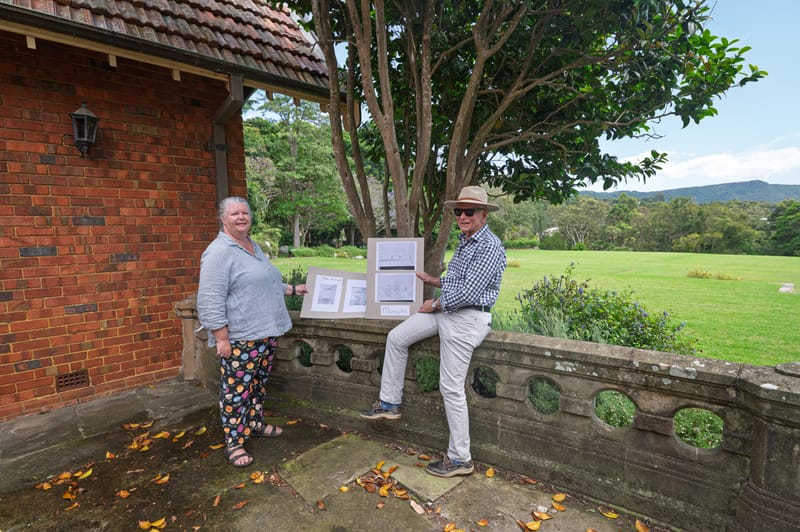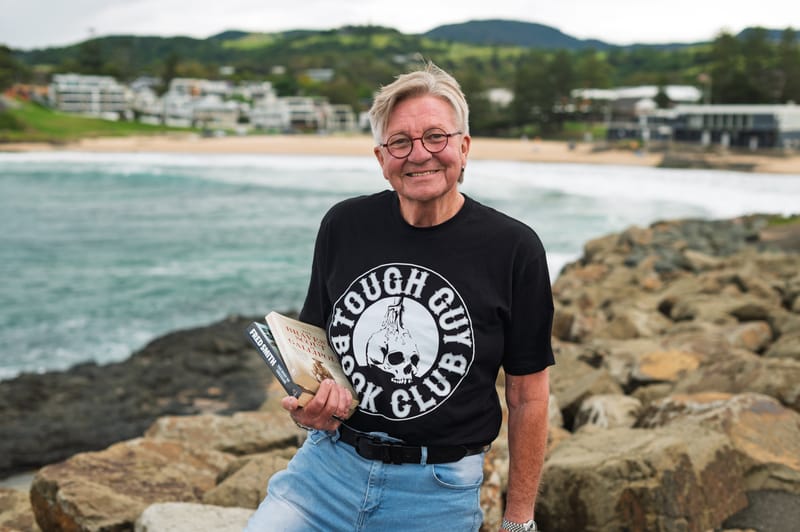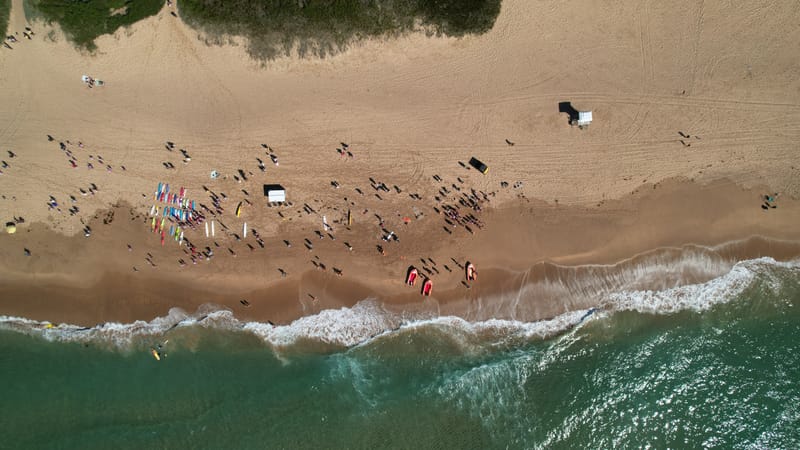Dr Rip's Science of the Surf: The danger of rock platforms
The Easter holiday weekend this year was one of the worst on record for coastal drowning in NSW, with six people tragically losing their lives. All were swept off rocks, and a breakwall at Wollongong Harbour, and some people were fishing. Questions...
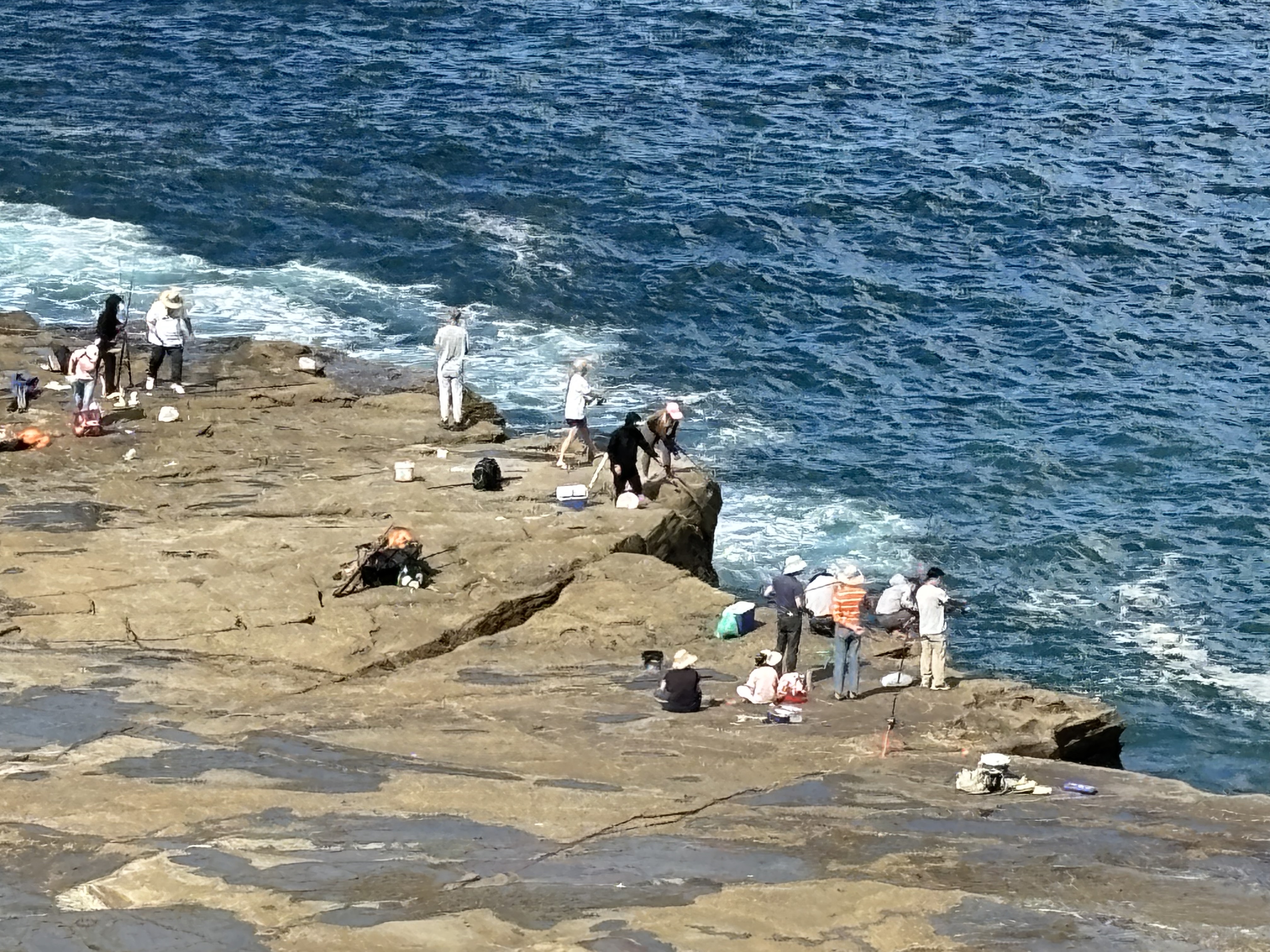
The Easter holiday weekend this year was one of the worst on record for coastal drowning in NSW, with six people tragically losing their lives. All were swept off rocks, and a breakwall at Wollongong Harbour, and some people were fishing.
Questions have been raised about why so many died and what could have been done to prevent these tragedies. Some questions are easier to answer than others.
First, it was a holiday weekend with warmer than usual temperatures that unfortunately coincided with massive swell waves generated from a distant cyclone. Despite numerous warnings made by authorities about the dangerous surf conditions, large numbers of people flocked to the coast, many completely oblivious to the hazards awaiting them.
Lifesavers and lifeguards closed the beaches to swimming and prevented people from going in, or getting too close to the water, and it was also easier visually for the public to recognise the dangerous conditions. However, it’s a totally different story along rocky coast locations, many of which are easily accessible and completely unpatrolled.
Rocky coasts can also be very deceptive in a long period (time between waves) swell. Long period waves are also characterised by wave sets, which are groups of larger waves separated by lulls that can last for tens of minutes. What might look safe to someone on a rock platform during a lull becomes extremely dangerous when the larger wave set arrives seemingly out of nowhere, smashing into rocks and sweeping large volumes of water across the platforms with great force, easily capable of knocking people over.
But that doesn’t explain what people were doing in those locations in the first place despite all the warnings. Unless, of course, they weren’t getting them.
With so many online distractions, how many people, especially infrequent coastal visitors, actually read the news or listen to the radio on the way to the beach? How many people actually understand the severe hazard that large waves represent at rocky coasts? How many rock fishers are wearing life jackets? It also doesn’t help that social media helps promote images of spectacular wave conditions, which can attract people to the coast to watch, often from dangerous locations. Communicating warnings has never been harder.
Coastal visitation is increasing, so how do we get safety messages through to all those people? The reality is that we probably can’t. Perhaps during these sorts of conditions – which are uncommon, but predictable – local councils and national parks could have lifeguards and rangers situated at the entry points of popular rocky coast locations warning people about the dangers.
Sure it’ll cost money, but it would be money well spent. And if you see people who are clearly unaware of the danger they are putting themselves in, please tell them. It could save a life.

